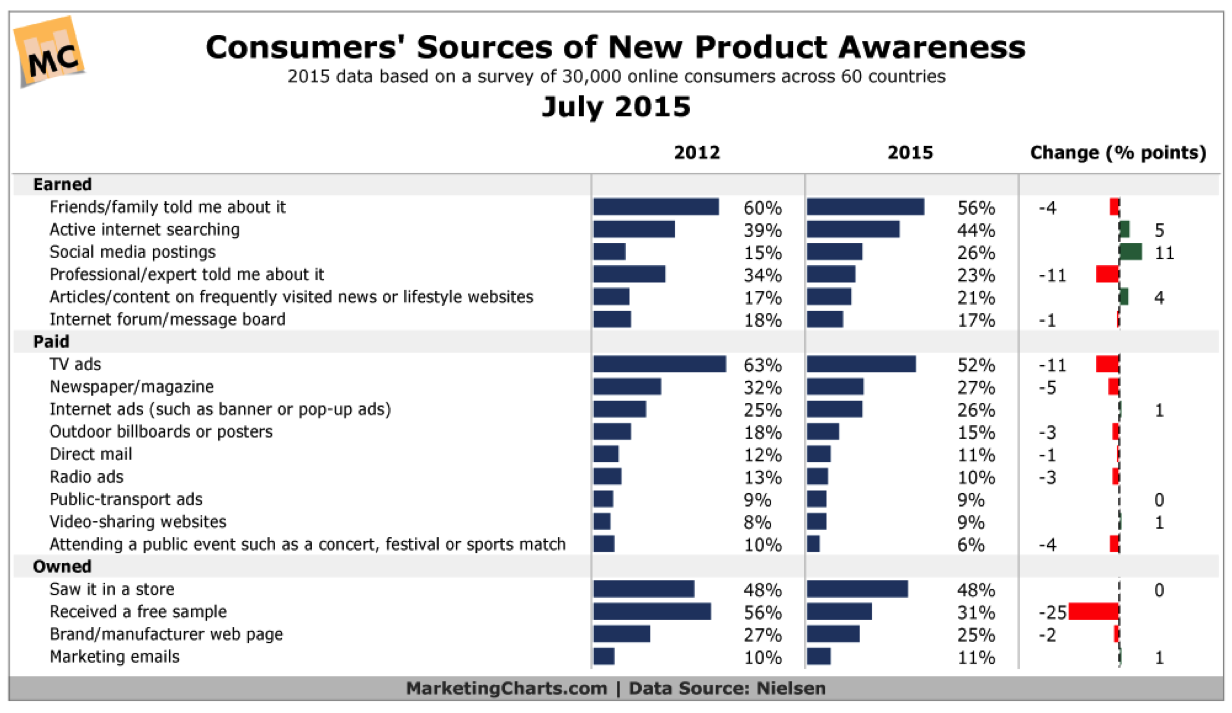Are you a small or even a mid-market business wondering how to sustain your growth? Are new customers coming in through the Internet but not from your sales team? You don’t know how to get more of them? Maybe your are a family firm and need to take your business to the next stage?
Could inbound marketing really help?
Every time you go to a conference or look on the Internet people are talking about inbound marketing. How do you know what it is? What is the right kind of inbound marketing for your business? Is it affordable? Can you support the people needed to create your content?
We hear these questions far too often from people who were able to get their business to a certain size and now are finding it harder to competitively add value in new ways. And the new world of marketing is heavily inbound but totally like a foreign country to them.
There are all-different ways that small, mid-market or family-owned businesses can compete effectively once they become comfortable with how the buyer has changed. Today, buying a product or a service is all about people self-educating themselves about something they want to buy and then finding the right solution at the right price, online — before they ever set foot in a store or shop a website. They do on their mobile device, talk about it online with friends and family, wander around more to see their options and then, voila, they buy. If you aren’t there for them during that journey, you just don’t exist and cannot compete.
Just take a look:
 And if you are in the B2B business the process is not that different. Buyers go online to educate themselves about the options that are available before they reach out to you.
And if you are in the B2B business the process is not that different. Buyers go online to educate themselves about the options that are available before they reach out to you.
2 Inbound Marketing stories to share
This is at times considered extreme for many of our clients, but I love to share the story of Danny Gavin, Vice President and Director of Marketing for Brian Gavin Diamonds, a family business competing with the big guys.
His story, in brief, and you can certainly read more on Marketingsherpa.com, goes like this: : “The Brian Gavin team had a challenge — how could the mid-sized, family-owned company compete with the large budgets of its industry competitors? To solve this problem, the company embraced social media and launched a weekly Vine campaign.
The results? They engaged with an estimated 1.63 million viewers and were featured in a major industry publication.
“I would say 10 viewings of one Vine is more impactful than one 60-second commercial,” Danny Gavin, Vice President and Director of Marketing, Brian Gavin Diamonds, said. A large portion of the company’s profits comes from ecommerce-related transactions. Gavin estimated that the company does 95 percent or more of its business online, with the rest of the business coming from Brian Gavin’s showroom in Houston, Texas. Some consumers even view the product they want online and travel in-person to the company’s showroom.
But you don’t have to be an e-commerce business to benefit from online, inbound marketing.
Another that I like to share is about Invision who used HubSpot and inbound marketing to build its user-base of more than 700,000 and a passionate audience of blog subscribers. Their magic? They don’t mention the platform itself. Rather they focus on what designers want — ideas, strategy, valuable information about what is happening in their fields. They knew that designers were passionate about their work. “Focusing on that passion, rather than the product they offer, will make InVision a magnet for their precise target audience ”
As HubSpot’s research suggests: HubSpot found that inbound tactics generated an astounding 54% more leads than traditional marketing methods, and these leads cost 61% less than those garnered the old-fashioned way. These can be as effective for your business as they are for larger ones. The trick is thinking through the right strategy so you are investing in the right tools. It is more than just putting up content and thinking you are ok with your “content marketing” or digitally marketing and leads will follow. And it is more than just building a new website. What is inbound?
Inbound Marketing is a process.
And you must think carefully about:
- who you want as you customer
- what they are looking to find from your company
- how you plan to please them — not just sell them
As you, the business owner seeks to attract customers, cultivate the ones you have and build your business, you have to shift your strategy and tactics to go inbound. Let business come to you!
Give it careful thought and read through what follows. I call it the SAMC “Short Course on Inbound Marketing for Small Businesses” — and I make it really short so you can begin to “get” it but not worry too much about where to start.
- First, who is it you want to attract? We begin with the semi-fictional characterization of a buyer’s persona. There is a chart for that to help you dig deeper into this buyer’s life style and interests. Think of him or her as a real person, not a target audience. As you build that persona you can begin to feel what that person you want is searching for that you have the solutions for.
- Second, In order to optimize inbound marketing, what words – those keywords – are they using to search for something? Pick those keywords and use those keyword to serve as the focus of each page on your website. Create specific pages on your website using these words. It is impossible to have all of the keywords you need, but choosing the most effective and specific ones, will make each page serve as an answer to the question that buyer is searching for. Make it easier for prospective clients to find you. Spend time on your search engine optimization for your website and the content you will be adding to it.
- Make your business come alive. Next, think about how to make your business come “alive” online both on your website and on your social media. What is your brand personality? What will set you apart from others? You will need to plan what the personality of your business will be and how this will attract customers. Images are very important. Videos are as well. Neither are hard to use or produce. They must be strategic.
- Get your website pages really working for you. Once you have that persona, the keywords that they are using to find solutions and your pages optimized to be the authority to answer those questions begin to have conversations on social media. Make sure to be asking and answering questions. People like to feel connected and what is a better to connect than to have a conversation. You need to engage your followers. Let them know you are real people behind your social media. Again, this is where your personality can really shine through.
- Are you sharing with communities of others? Try different hashtags. We are seeing the rise of visibility with using the #hubspot hashtag. This helps to increase brand image and increasing the likelihood of retweeting and/or sharing. This is will help grow your social market.
- Blogging comes next. Why blog? Blogging helps drive traffic to your website. Every time you write a blog, it creates one more indexed page on your website. This will show up in your search engine. Blogging also allows you to create content that others can share. It helps to keep your social media content present and growing. Blogging also answers key questions you expect potential customers to have. They want to know that you are the expert and can help them. Blogging also drives longer-term results. For days, months and years after posting your blog, it can continue to get traffic to your site and you can re-purpose those blogs with new fresh content to keep them relevant.
Above all, make You interesting
Some important rules to remember when using inbound marketing:
- content must be interesting, relevant, and informative
- be able to make connections. This will build legitimacy and trust to those who are actively looking for your services.
- Social engagement turns content into communicating on the human level.
- Through social engagement, Facebook, Twitter, LinkedIn, it lets you spread content quickly, easily and at an affordable cost.
Think of this as an ongoing cultivation of those who are searching for things you sell or solutions you provide. This lead nurturing is the process of providing highly relevant educational content before your prospective or current customers are even ready to be interested in the buying process. It is important to stay connected with your prospects, establishing key points and thoughts through education.
Watch for changes in your customers behaviors
Data and analysis are critical to the success of inbound marketing. Everything is measurable and helps you to see what is working and what is not. All the inbound tools allow you to measure outcomes and adjust to what prospective clients want and need. This will allow you to make measurable goals and achieve your objectives as you capture new leads and turn them into clients.
Affordable? Staffing? What else do you need to know?
We will tackle these in our next blogs. Subscribe and you will be sure to get it.
Of course, feel free to contact us to discuss inbound marketing. You will be amazed how it works.

Andi Simon President |



